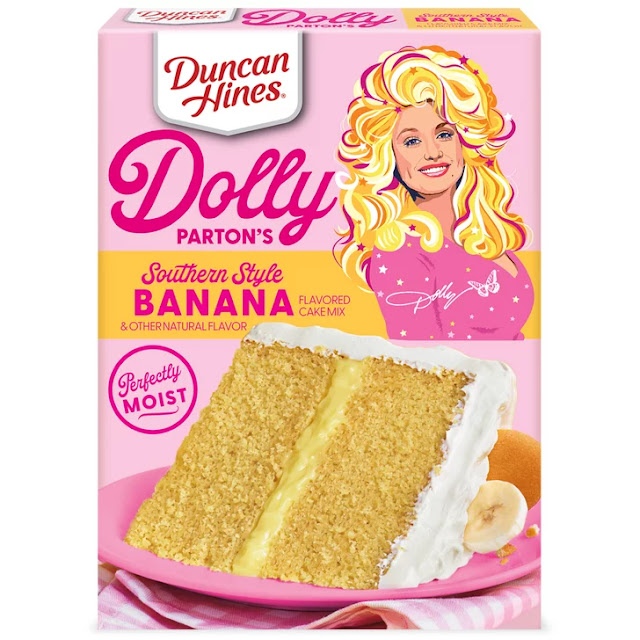/ Pictured: Self Portrait 1st Time on Oxy, Berlin, 2014 by Nan Goldin /
In Laura Poitras’ lacerating Oscar-nominated new documentary All the Beauty and the Bloodshed (2022), fierce 69-year-old photographer Nan Goldin - think of her as the Marianne Faithfull of modern art (or as Variety puts it, “the post-punk Diane Arbus”) - emerges as a captivatingly blunt tough cookie. The film deftly weaves together her art, activism and history of personal trauma and Poitras wisely mainly lets Goldin narrate it herself in her broken chain-smoker rasp.
/ Nan Goldin in Boston, 1970 /
The focus encompasses early family tragedy (the story of her doomed older sister Barbara is wrenching), Goldin’s artistic epiphany photographing her LGBTQ friends and her early years hustling in grungy 1980s New York (she go-go danced in New Jersey “titty bars”, bartended and did sex work at a brothel to buy rolls of film). Goldin eventually achieves international acclaim but also weathers the AIDS crisis, violent relationships and drug addiction.
/ Trixie on the Cot, New York City 1979 by Nan Goldin /
While Goldin has openly battled substance abuse over the decades (she frequently depicts herself in rehab in her self-portraits), nothing prepared her for the hell of OxyContin, which she was prescribed following an injury. Once Goldin recovered, she was enraged to learn the very galleries that display her work benefited from the support of the Sacklers – the mega-rich family behind Purdue Pharma whose wealth is tainted by the OxyContin-fueled opioid crisis and who position themselves as art world philanthropists as a means of image-laundering. Forming the activist group PAIN (Prescription Addiction Intervention Now) in 2018, Goldin undertook powerful demonstrations to shame the world’s cultural institutions into cutting ties with the Sackler family. (Goldin witnessed Act Up protests in the 80s and clearly took notes).
/ Portrait of Cookie Mueller by Nan Goldin /
Bittersweet as All the Beauty and the Bloodshed is (and the Sacklers
retreat into their wealth rather than face any real consequences), it’s gratifying
to see galleries finally start refusing the family’s money. There are vivid
glimpses of totemic avant-garde downtown NYC denizens like Cookie Mueller, David
Wojnarowicz, Greer Lankton and Vivienne Dick. And as you would anticipate, the
soundtrack is impeccably hip (Klaus Nomi. Bush Tetras. The Velvet Underground. Suicide).

















































